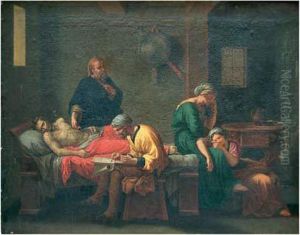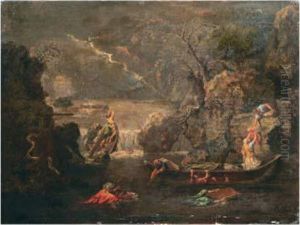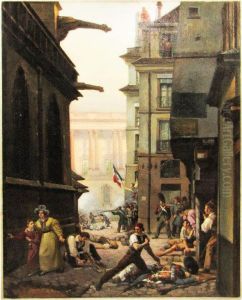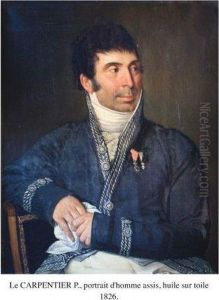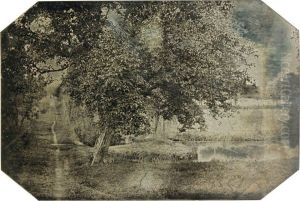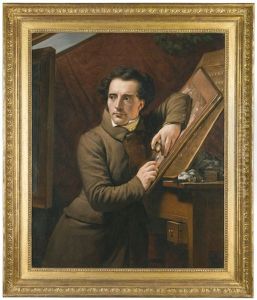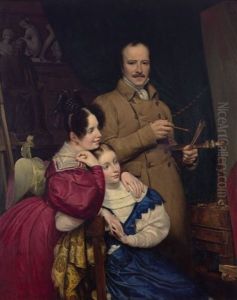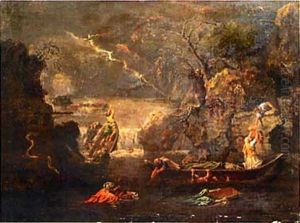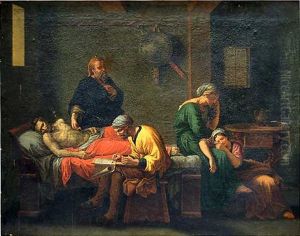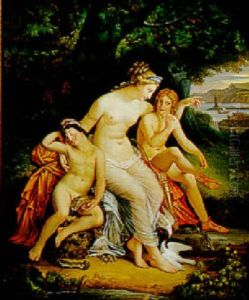Paul Claude Michel Le Carpentier Paintings
Paul Claude Michel Le Carpentier was a French painter born on March 26, 1802, in the city of Rouen, Normandy. He is not as widely known as some of his contemporaries in the art world. He specialized in portrait painting, and his works were recognized for their intricacy and attention to detail, characteristic of the academic painting tradition prevalent during his time.
Le Carpentier studied at the École des Beaux-Arts in Paris, which was the foremost art institution in France. There, he was trained under the guidance of renowned artists of the era, which likely included neoclassical painters and academic artists who adhered to the strict principles of fine art established by the French Academy. His education would have been rooted in the study of the human form, the mastery of drawing, and the replication of classical and historical subjects.
Throughout his career, Le Carpentier exhibited his works at the Paris Salon, the official art exhibition of the Académie des Beaux-Arts in Paris. His participation in the Salon would have been crucial for his recognition and the development of his career as an artist. The Salon was the most significant annual or biennial art event in the Western world and provided artists with the opportunity to display their works to a wide audience, including potential patrons and critics.
Despite his dedication to the craft and the quality of his works, Paul Claude Michel Le Carpentier did not achieve the same level of fame as some of his peers, such as Eugène Delacroix or Jean-Auguste-Dominique Ingres. Nevertheless, his contributions to the French art scene during the 19th century were part of the rich tapestry of academic art that dominated the period before impressionism began to take hold.
Le Carpentier's death occurred on March 29, 1872, in Paris. Although he may not have been celebrated as a leading artist of his time, his portraits and other works are valuable for understanding the breadth and diversity of 19th-century French painting. Today, his pieces are part of collections in France and serve as a testament to the skills and techniques taught at the École des Beaux-Arts during one of the most dynamic periods in the history of art.
